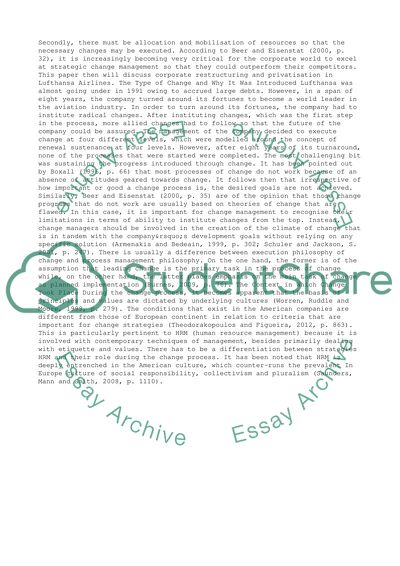Cite this document
(“Management of Change in Lufthansa Airlines Essay”, n.d.)
Management of Change in Lufthansa Airlines Essay. Retrieved from https://studentshare.org/management/1468116-critically-appraise-the-introduction-and
Management of Change in Lufthansa Airlines Essay. Retrieved from https://studentshare.org/management/1468116-critically-appraise-the-introduction-and
(Management of Change in Lufthansa Airlines Essay)
Management of Change in Lufthansa Airlines Essay. https://studentshare.org/management/1468116-critically-appraise-the-introduction-and.
Management of Change in Lufthansa Airlines Essay. https://studentshare.org/management/1468116-critically-appraise-the-introduction-and.
“Management of Change in Lufthansa Airlines Essay”, n.d. https://studentshare.org/management/1468116-critically-appraise-the-introduction-and.


